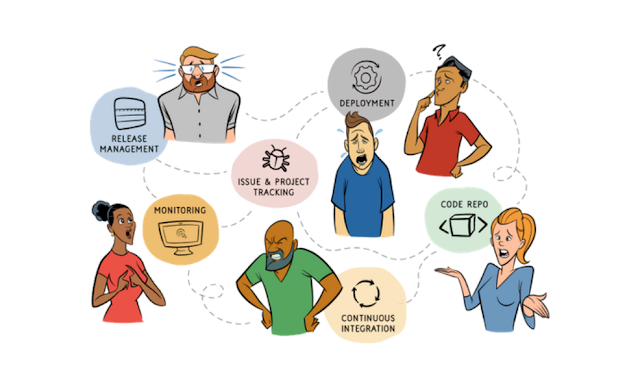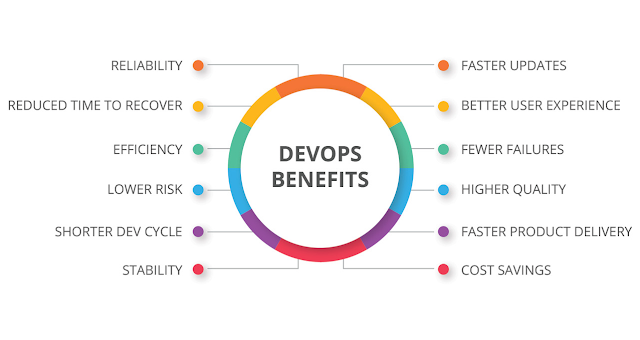In the fast‐paced world of Cloud Development and SRE Engineering, encountering transient errors can disrupt your workflow. Recently, our team noticed an error during an SFTP import job that failed at 2020-02-20.
The error log indicated an AccessDenied issue when the Lambda function attempted to perform an s3:ListBucket operation on an S3 bucket (e.g. arn:aws:s3:::example-bucket). In this article, we will explore how to diagnose and resolve this issue using Amazon AWS–native techniques, offering insights and practical examples for engineers working in cloud environments.
Understanding the Issue
The Error Scenario
During an SFTP import job, our logs reported the following error:
AccessDenied: User: arn:aws:sts::111111xxxxxx:assumed-role/AxLambdaRole-user-envname/EventBusListenerFunction-envname-user is not authorized to perform: s3:ListBucket on resource: "arn:aws:s3:::example-bucket" because no identity-based policy allows the s3:ListBucket action
Status Code: 403
Request ID: RTDG456GRHUUO1
Our investigation revealed that the job was triggered twice:
- First Invocation (Failure): The job started when the SFTP stream began writing to the S3 bucket. At this point, the file was incomplete, and the Lambda function did not have permission to list the bucket.
- Second Invocation (Success): When the file upload finished, a subsequent trigger led to a successful run.
Team Discussion and Client Feedback
Our internal discussion concluded that the SFTP file was being streamed into the bucket. One of our SRE engineers proposed that the initial trigger occurred when the file stream began, and the second one when the stream completed. However, this double-triggering results in false-positive alerts, as the email notifications indicate.
The client explained:
"Cynthetic Client writes files directly to the SFTP server without first creating a local copy. Changing this behavior would require additional infrastructure and significant time to propose and approve an architectural change in the Data Platform."
They are exploring alternatives, but in the meantime, we need a solution that minimizes false alerts using existing Amazon AWS features.
Amazon AWS–Native Strategies to Resolve the Issue
Here are several strategies that leverage AWS-native services and configurations to address the issue without needing major infrastructure changes.
1. Refine S3 Event Notification Triggers
Use Specific Event Types:
- Instead of triggering on every object creation event, configure your S3 bucket to send notifications only when the file upload is complete.
- If your process uses multipart uploads, configure the event to trigger on the
s3:ObjectCreated:CompleteMultipartUploadevent. - Refer to the Amazon S3 Event Notifications documentation for more details.
Apply Object Key Filters:
- Encourage your partners to add a specific suffix (e.g.,
.complete) to file names when the file is fully uploaded. - Update the event configuration to trigger only on objects that match this pattern.
2. Utilize SQS with Delayed Processing
Route Events Through an SQS Queue:
- Instead of triggering the Lambda function directly from the S3 event, configure the bucket to send events to an Amazon SQS queue.
- This allows you to introduce a delay or buffer time before processing the event.
Implement Delay or Validation in Lambda:
- Within your Lambda function, add logic to check whether the file upload is complete by verifying object metadata (e.g., size or custom tags).
- If the file is incomplete, the function can ignore the event or re-queue it for later processing.
- Learn more about integrating SQS with Lambda in the AWS Lambda Developer Guide.
3. Adjust the IAM Policy for the Lambda Role (Temporary Workaround)
Grant s3:ListBucket Permission:
- As a short-term measure, update the IAM policy attached to the Lambda’s role to allow
s3:ListBucketon the S3 bucket. - This can prevent the Lambda function from failing the initial check.
- However, note that even with the permission granted, if the file is incomplete, your processing logic may still encounter issues.
- For more on IAM policies, refer to the AWS IAM User Guide.
4. Work with Your SFTP Partner
Discuss Alternative Upload Approaches:
- Engage with your SFTP provider (in our case, Synthetic Client) and ask if they could temporarily stream the file to a staging area or use a naming convention to indicate when the file is fully uploaded.
- Although the client mentioned that changing this process requires additional infrastructure and lengthy approvals, a dialogue might uncover interim solutions.
Example: Implementing an SQS-Delayed Lambda Trigger
Below is an example configuration for routing S3 events through SQS with a delay, minimizing false alerts.
Configure S3 to Send Notifications to SQS:
- In your S3 bucket settings, set up an event notification that sends events for the CompleteMultipartUpload to an SQS queue.
- Learn how to configure S3 event notifications.
Set a Delay on the SQS Queue:
- When creating the SQS queue, set a delivery delay (e.g., 60 seconds) to allow the file stream to complete.
- SQS Delay Queue Documentation.
Update Your Lambda Function:
- Modify the Lambda code to check if the object exists in its complete form. For example, use the
HeadObjectAPI to verify file size or metadata. - Process the event only if the file meets the completeness criteria.
- Modify the Lambda code to check if the object exists in its complete form. For example, use the
Conclusion
By refining your S3 event triggers, leveraging Amazon AWS services like SQS for delayed processing, and, if necessary, temporarily adjusting IAM policies, you can reduce false alarms caused by premature Lambda invocations during SFTP streaming uploads. This approach aligns with best practices in Cloud Development and SRE Engineering, ensuring your systems remain robust and secure without incurring significant additional costs.
For further reading, check out these official resources:
Implementing these solutions can help your team manage SFTP imports more reliably while reducing unwanted alerts. This method exemplifies how strategic configuration in Amazon AWS can streamline Cloud Development processes and enhance the operational efficiency expected in modern SRE Engineering practices.
Happy cloud developing!







